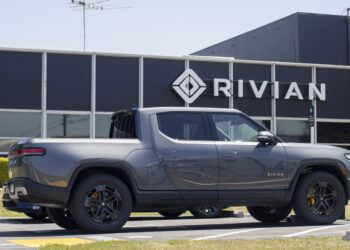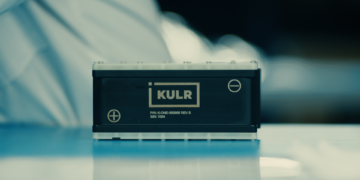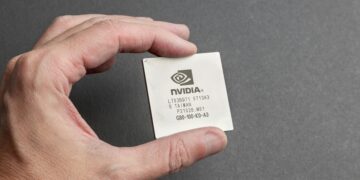Chipmaker aims to challenge Nvidia and AMD with energy-efficient AI servers and next-generation accelerators launching in 2026
Qualcomm (NASDAQ: QCOM) shares surged nearly 20% on Monday after the company unveiled its bold entry into the competitive data center market with the introduction of its AI200 and AI250 chips—alongside full rack-scale server systems designed for artificial intelligence inference workloads. The move positions Qualcomm squarely against industry giants Nvidia and AMD, marking a major expansion beyond its traditional dominance in mobile and edge computing.
The AI200, slated for release in 2026, serves as both the company’s standalone AI accelerator and the centerpiece of its complete server rack system, which integrates a Qualcomm CPU. The follow-up AI250, arriving in 2027, will feature ten times the memory bandwidth of the AI200, while a third-generation chip is already planned for 2028, signaling Qualcomm’s intent to maintain an annual upgrade cycle.
At the heart of these systems lies Qualcomm’s custom Hexagon NPU (Neural Processing Unit)—technology refined through years of development in mobile and PC processors. By scaling its NPU architecture to data center levels, Qualcomm aims to deliver high-performance, low-power AI inference solutions that can handle existing AI models efficiently without the massive energy draw typically required for AI training.
This focus on total cost of ownership (TCO) could prove pivotal. As data centers grow in size and complexity, energy consumption has become one of their biggest expenses. Qualcomm’s low-power design promises substantial cost and efficiency advantages, appealing to operators seeking sustainability without compromising speed or accuracy.
Importantly, Qualcomm’s strategy offers flexibility: customers can purchase the AI chips individually, integrate them into their existing infrastructure, or adopt complete Qualcomm servers. Durga Malladi, Qualcomm’s Senior Vice President for Technology Planning, even suggested that Nvidia and AMD themselves could be potential buyers—turning competitors into customers.
While this isn’t Qualcomm’s first attempt to enter the data center arena—its 2017 Centriq 2400 project with Microsoft was short-lived due to stiff competition—the market environment has shifted dramatically with the explosion of AI demand. Now, with refined technology, strategic timing, and an energy-efficient advantage, Qualcomm’s AI200 and AI250 platforms may well redefine the economics of AI computing and position the company as a formidable new player in the data center revolution.
You might like this article:Co-Diagnostics Expands Global Reach with New Saudi Joint Venture











